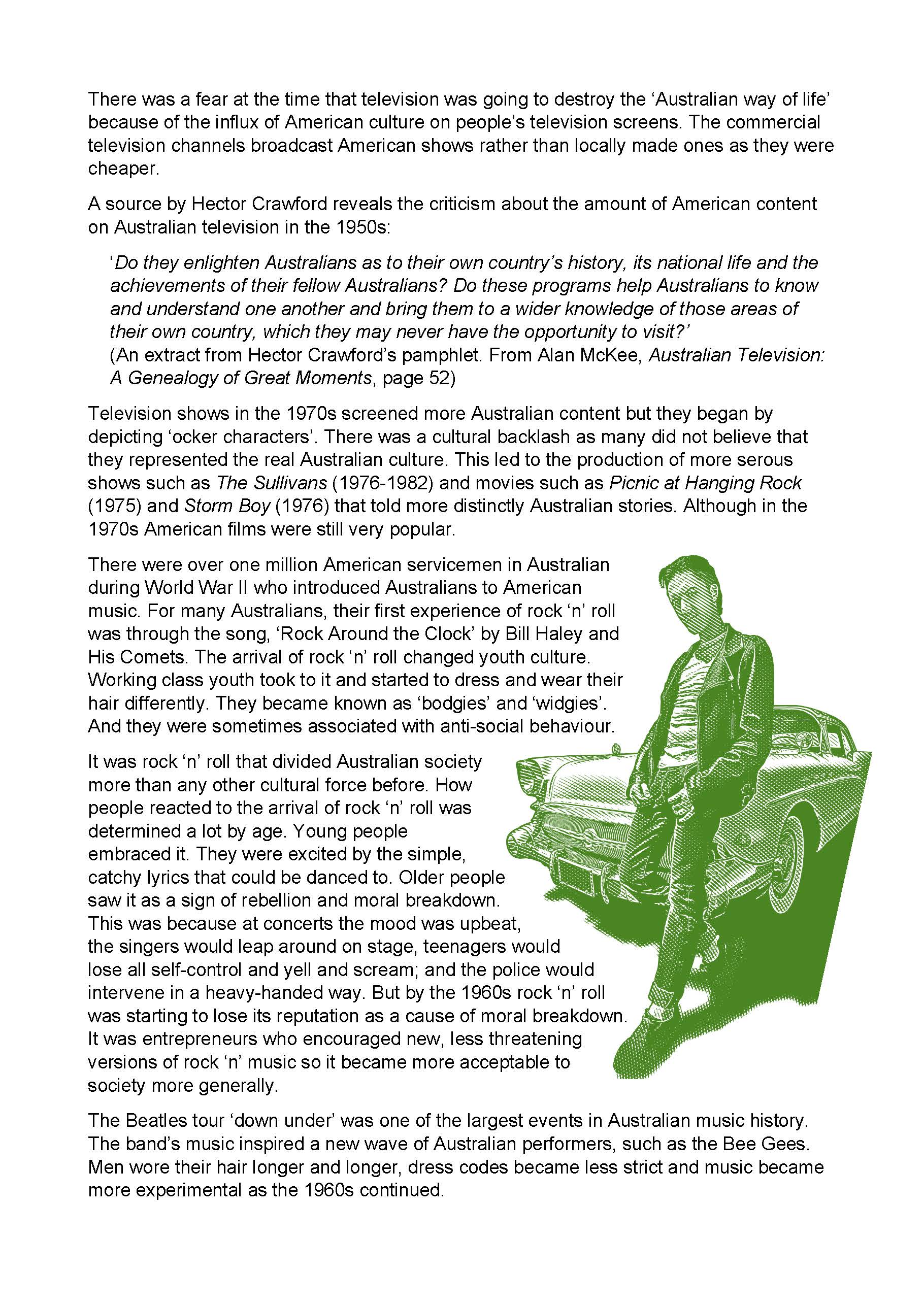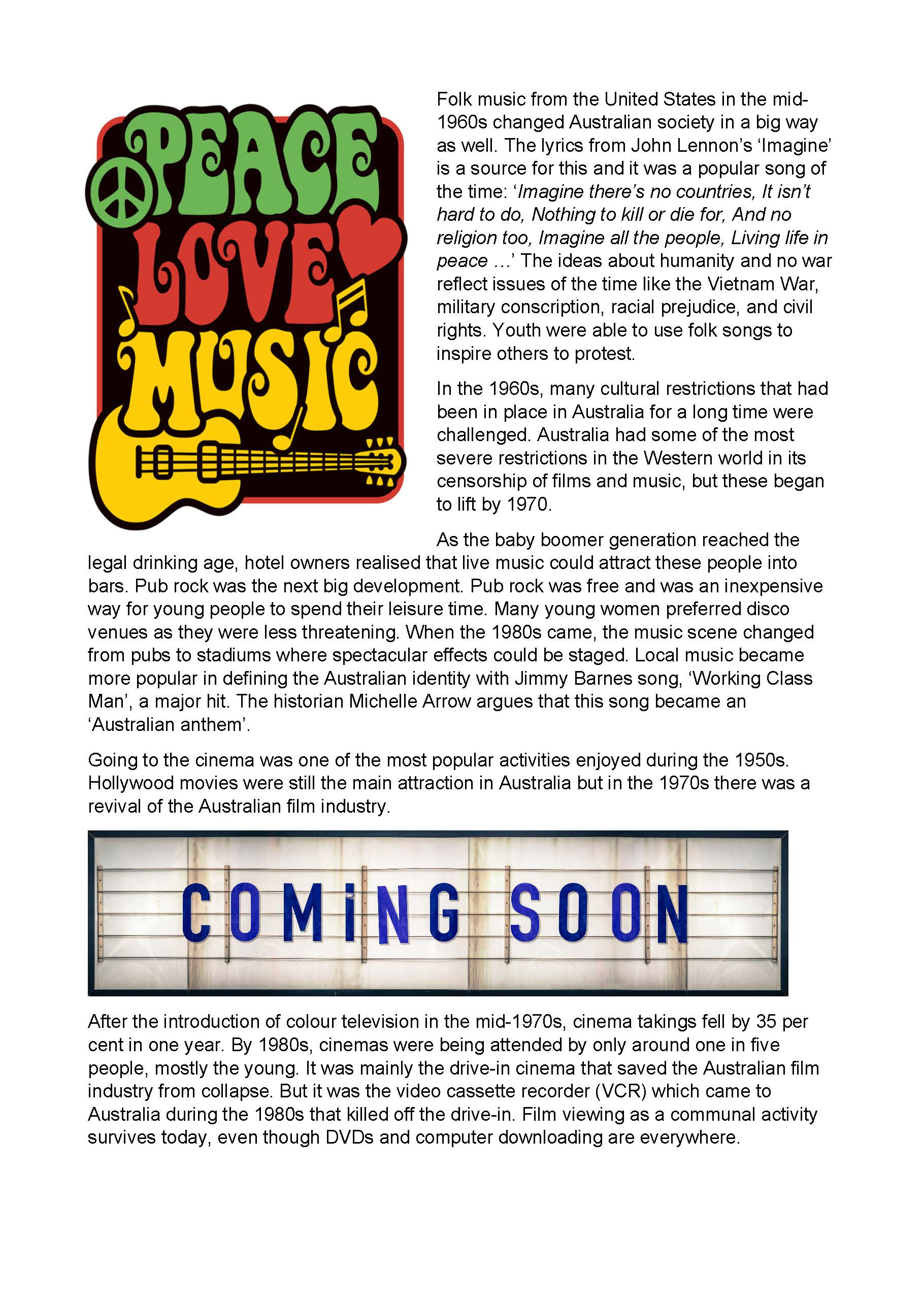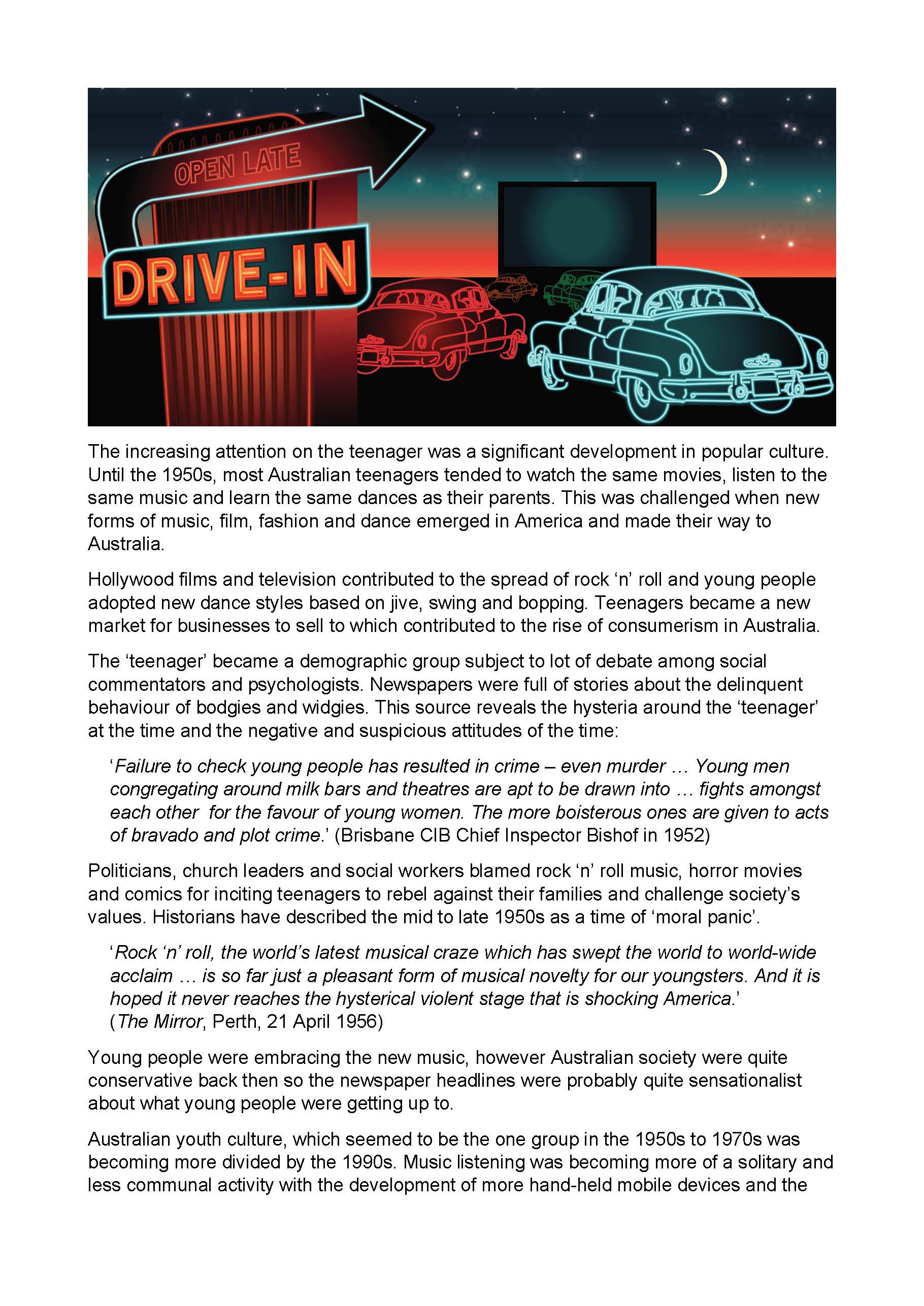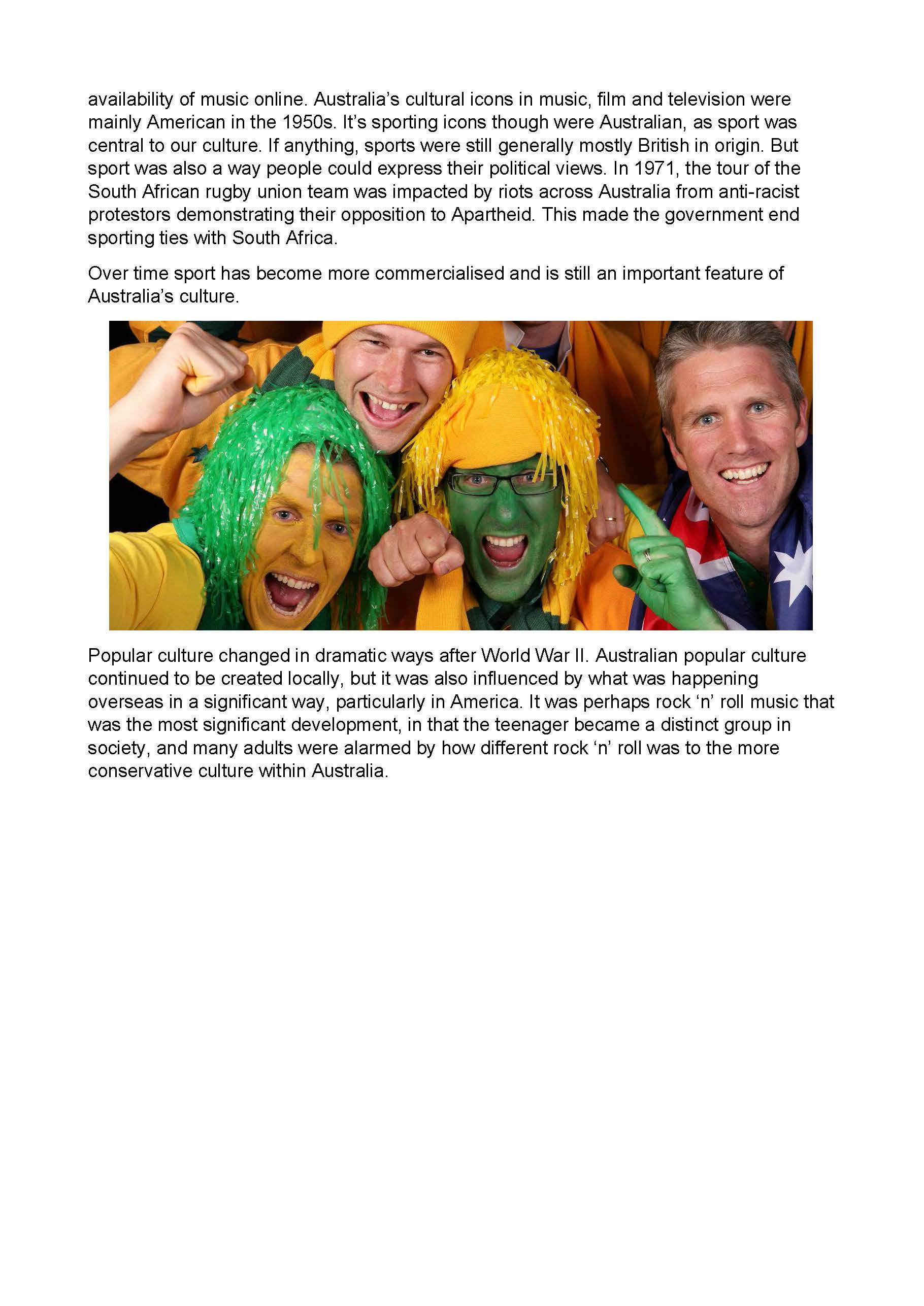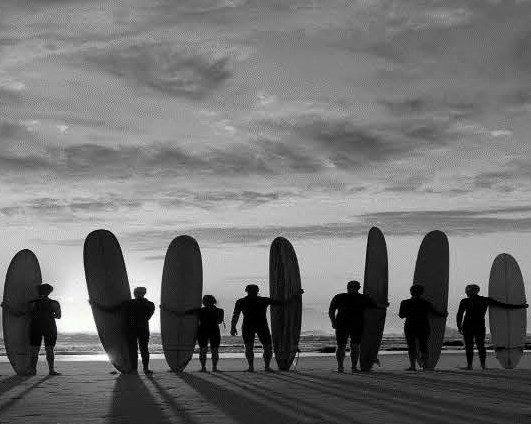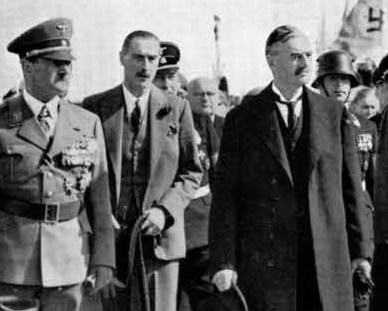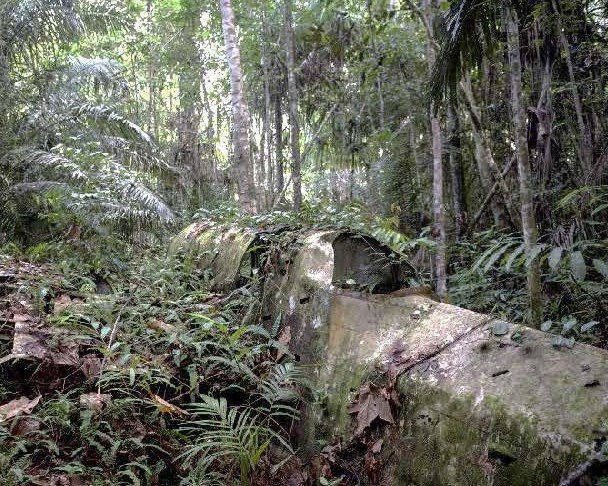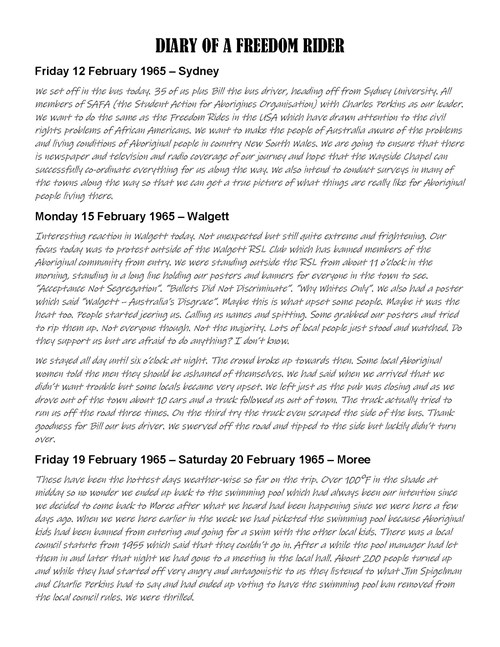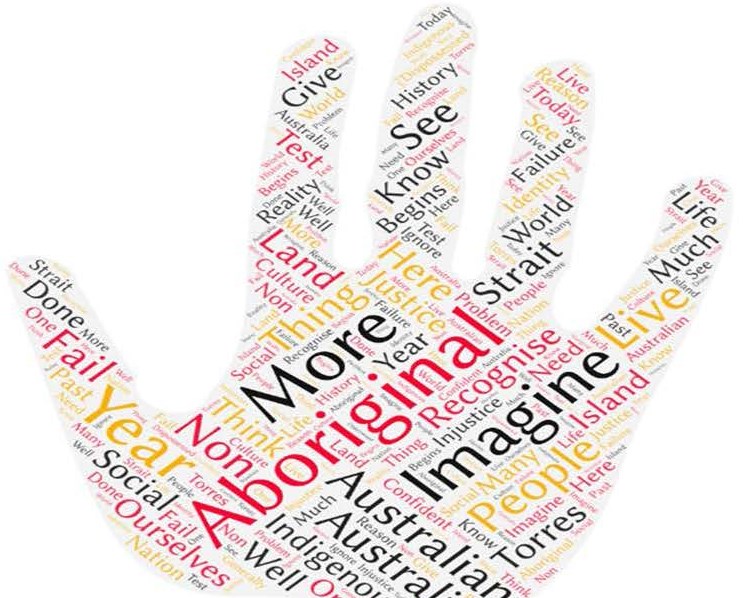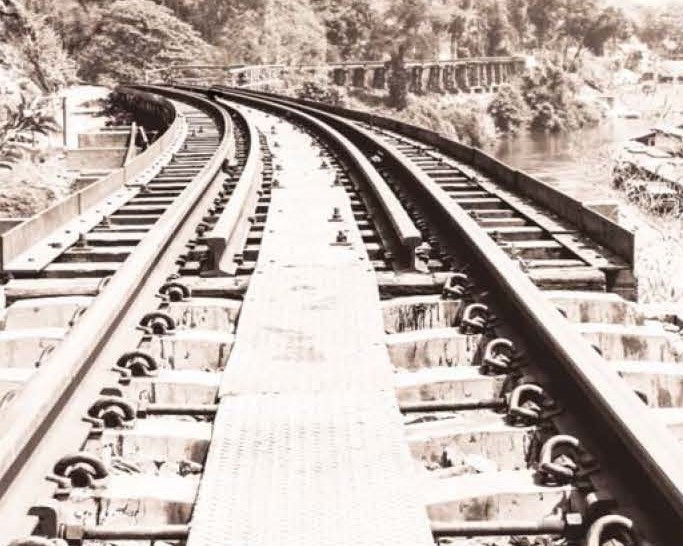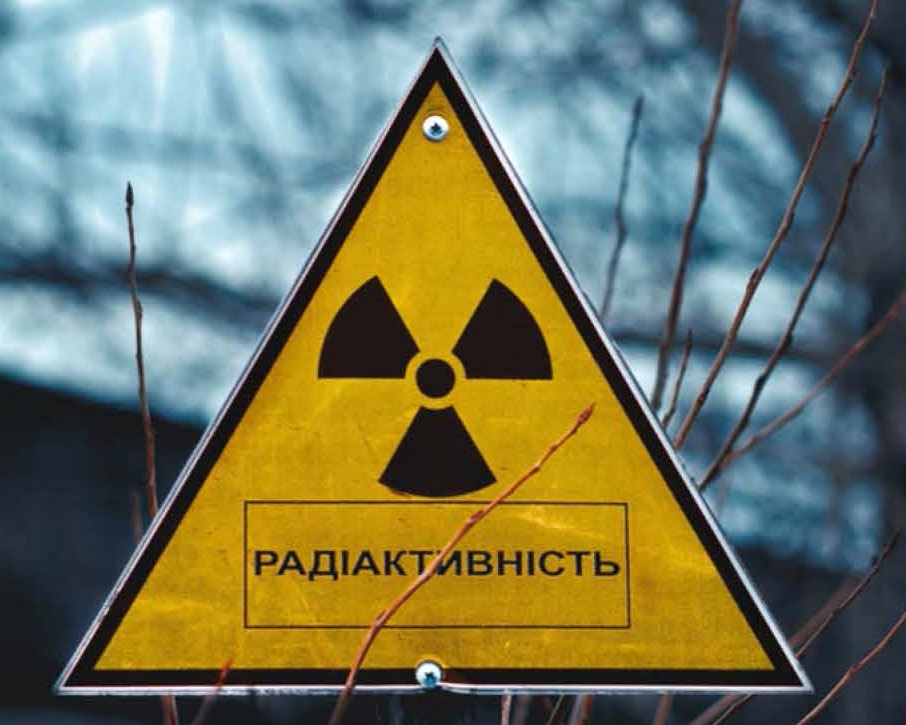By the end of Year 10, students refer to key events, the actions of individuals and groups, and beliefs and values to explain patterns of change and continuity over time. They analyse the causes and effects of events and developments and explain their relative importance. They explain the context for people’s actions in the past. Students explain the significance of events and developments from a range of perspectives. They explain different interpretations of the past and recognise the evidence used to support these interpretations.
Students sequence events and developments within a chronological framework, and identify relationships between events across different places and periods of time. When researching, students develop, evaluate and modify questions to frame a historical inquiry. They process, analyse and synthesise information from a range of primary and secondary sources and use it as evidence to answer inquiry questions. Students analyse sources to identify motivations, values and attitudes. When evaluating these sources, they analyse and draw conclusions about their usefulness, taking into account their origin, purpose and context. They develop and justify their own interpretations about the past. Students develop texts, particularly explanations and discussions, incorporating historical argument. In developing these texts and organising and presenting their arguments, they use historical terms and concepts, evidence identified in sources, and they reference these sources.

